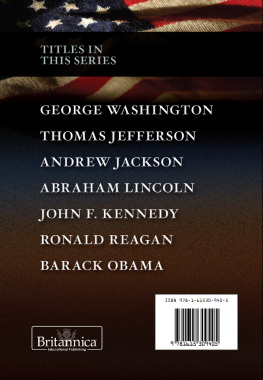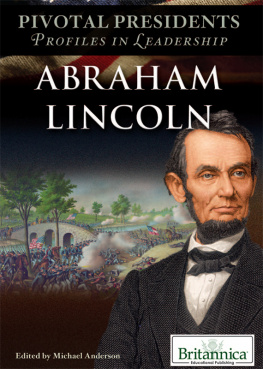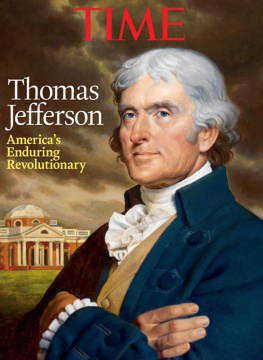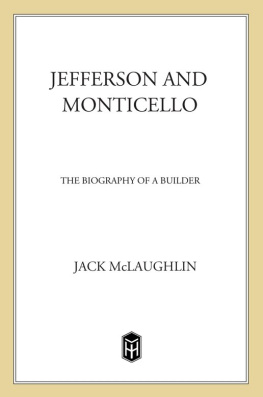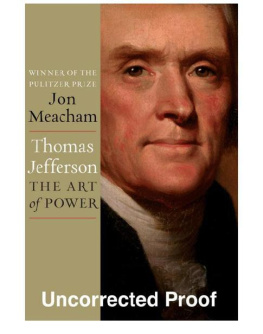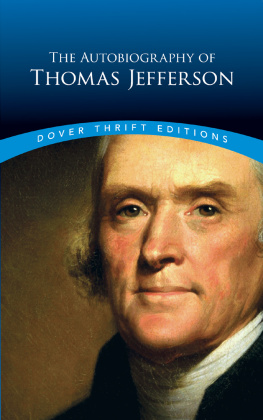

Published in 2013 by Britannica Educational Publishing
(a trademark of Encyclopdia Britannica, Inc.) in association with Rosen Educational Services, LLC
29 East 21st Street, New York, NY 10010.
Copyright 2013 Encyclopdia Britannica, Inc. Britannica, Encyclopdia Britannica, and the Thistle logo are registered trademarks of Encyclopdia Britannica, Inc.
All rights reserved.
Rosen Educational Services materials copyright 2013 Rosen Educational Services, LLC. All rights reserved.
Distributed exclusively by Rosen Educational Services.
For a listing of additional Britannica Educational Publishing titles, call toll free (800) 237-9932.
First Edition
Britannica Educational Publishing
J.E. Luebering: Director, Core Reference Group, Encyclopdia Britannica
Adam Augustyn: Assistant Manager, Encyclopdia Britannica
Anthony L. Green: Editor, Comptons by Britannica
Michael Anderson: Senior Editor, Comptons by Britannica
Andrea R. Field: Senior Editor, Comptons by Britannica
Sherman Hollar, Senior Editor, Comptons by Britannica
Marilyn L. Barton: Senior Coordinator, Production Control
Steven Bosco: Director, Editorial Technologies
Lisa S. Braucher: Senior Producer and Data Editor
Yvette Charboneau: Senior Copy Editor
Kathy Nakamura: Manager, Media Acquisition
Rosen Educational Services
Shalini Saxena: Editor
Nelson S: Art Director
Cindy Reiman: Photography Manager
Amy Feinberg: Photo Researcher
Brian Garvey: Designer, Cover Design
Introduction by Shalini Saxena
Library of Congress Cataloging-in-Publication Data
Thomas Jefferson/edited by Michael Anderson.1st ed.
p. cm.(Pivotal presidents--profiles in leadership)
In association with Britannica Educational Publishing, Rosen Educational Services.
Includes bibliographical references and index.
ISBN 978-1-61530-952-8 (eBook)
1. Jefferson, Thomas, 1743-1826Juvenile literature. 2. PresidentsUnited StatesBiographyJuvenile literature. I. Anderson, Michael, 1972
E332.79.T56 2012
973.4'6092dc23
[B]
2012015598
On the cover, p. 3 (background image): Jefferson, along with other members of the committee that drafted the Declaration of Independence, presenting the document to the Continental Congress in 1776. Universal Images Group/Getty Images
Cover, page 3 (portrait): Universal Images Group/Getty Images; cover, pp. 1, 3 (flag) iStockphoto.com/spxChrome; pp. 5, 12, 25, 39, 47, 61, 71, 74, 77, 79 Fedorov Oleksiy/Shutterstock.com

A lthough Thomas Jefferson held many titles over the course of his lifesecretary of state, vice president, and president the most prominent among themthe title of architect may have suited him best. Not only did he design buildings (his own home being one notable example), but as primary author of the Declaration of Independence, cofounder of the Republican party, and engineer of the Louisiana Purchase, he also helped craft a nation. Indeed, the foundation of the United States rests on many of the contributions Jefferson made to law and governance. The remarkable life of this Founding Father is chronicled in the following pages.
Jeffersons passions were many and his accomplishments widespread. From a young age, he developed and indulged interests as diverse as music, classical literature, science, and architecture, ultimately choosing to pursue a legal career. First cast into the public eye as a representative in Virginias House of Burgesses, Jefferson began to demonstrate his talent for public service during the trying period of the American Revolution. He was appointed as Virginias delegate to the Second Continental Congress, a body of representatives assembled to assess the colonies best interests. There Jefferson, alongside such other luminaries as Benjamin Franklin and John Adams, penned the Declaration of Independence, which announced the colonies reasons for separation from Britain. The document, written primarily by Jefferson, would become a symbol of national pride and liberty both in the United States and around the world.
Following his retirement from the Continental Congress, Jefferson would go on to hold a variety of political posts at the state and national levels. He first returned to the Virginia legislature, where he helped set several important precedents, including the separation of church and state, in the Virginia constitution. After serving as governor of Virginia for one term, Jefferson returned to the Continental Congress, bringing with him ideas about liberty and equality that he had championed as a legislator. He went on to serve as U.S. ambassador to France, returning to the United States to serve as secretary of state under the first U.S. president, George Washington.
It was during Jeffersons time as secretary of state that his political views crystallized with the foundation of the Republican party. He believed in states rights, a limited role for the central government, and a strict interpretation of the Constitution. This pitted him against the Federalistsled by Alexander Hamilton and John Adamswho controlled Washingtons administration and resulted in Jeffersons resignation as secretary. He re-emerged on the national stage in 1796 when he decided to run for president. However, Jefferson lost to Adams and became vice president.

The Jefferson Memorial in Washington, D.C., at dusk. The memorial was dedicated on April 13, 1943, the 200th aniversary of Jeffersons birth. Lester Lefkowitz/The Image Bank/Getty Images
Jefferson made a second run for the presidency in 1800 and this time met with success. Amongst a host of domestic and foreign challenges, Jefferson orchestrated perhaps the greatest achievement of his tenurethe Louisiana Purchase. To Jefferson the land west of the Mississippi River represented new opportunities and resources for the United States. When France decided to sell its territory between the Mississippi and the Rocky Mountains, Jefferson took advantage of the situation. Despite his reservations about the constitutionality of such a purchase, Jefferson forged ahead with negotiations and purchased all the land for 15 million dollars, thereby doubling the area of the United States. He served another term as president before retiring in 1809.
Even as he established himself as a public figure, Jefferson reserved room for his personal interests and private life. In 1768 he designed a mansion near Shadwell, Va., which he called Monticello and maintained until his death. He lived there with his wife, Martha, and their children Patsy and Polly. He pursued his love of architecture throughout his life, designing the Virginia Capitol during his time as ambassador to France and the University of Virginia after his retirement.
Despite the clarity of thought and vision attributed to Jefferson, he was not without his weaknesses. For example, his position on slavery appeared inconsistent and malleable over the course of his life. Although Jefferson was a slave owner himself, he initially advocated ending the slave trade. Later, however, he distanced himself from the antislavery movement, even supporting the expansion of slavery into new territories.

